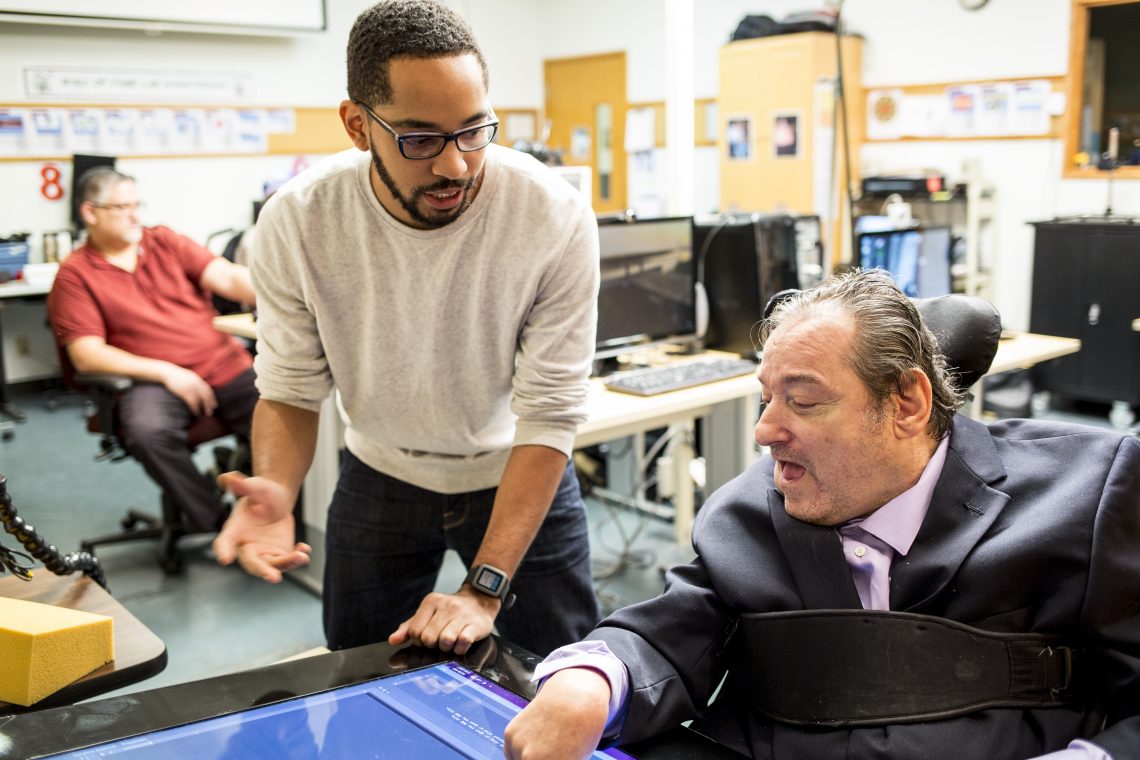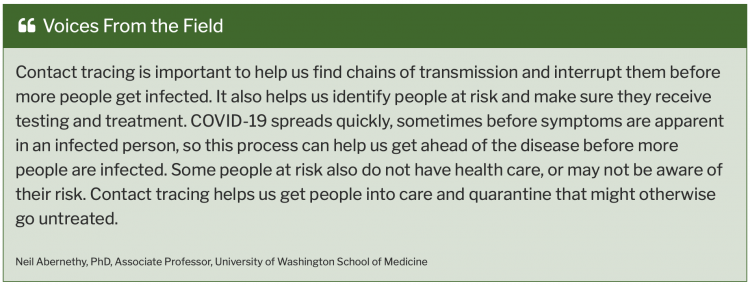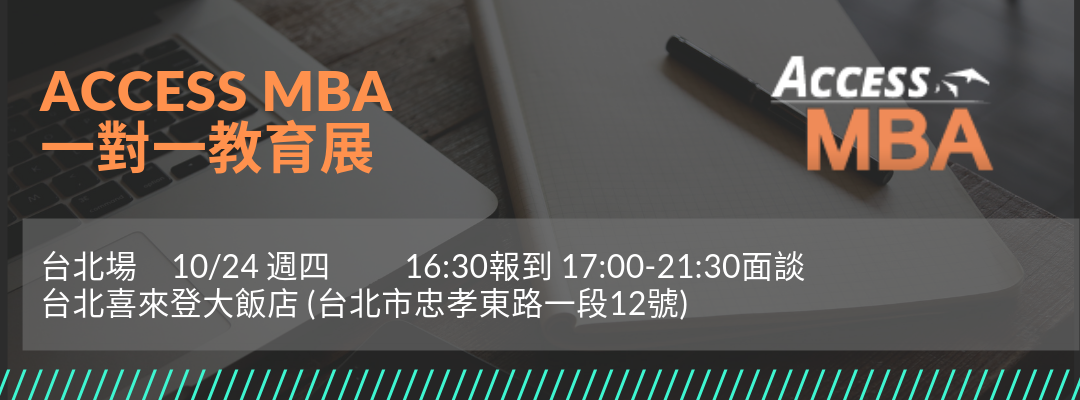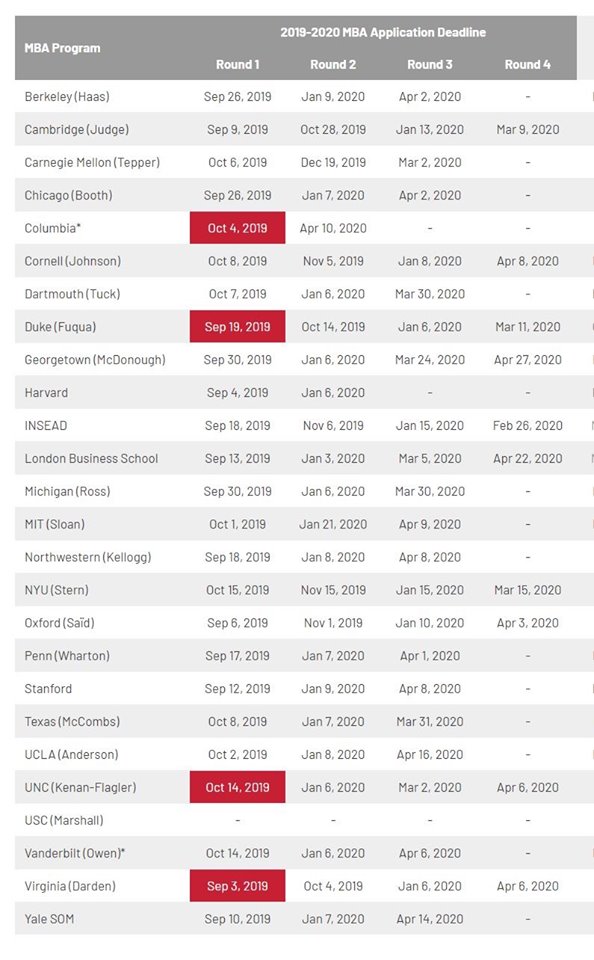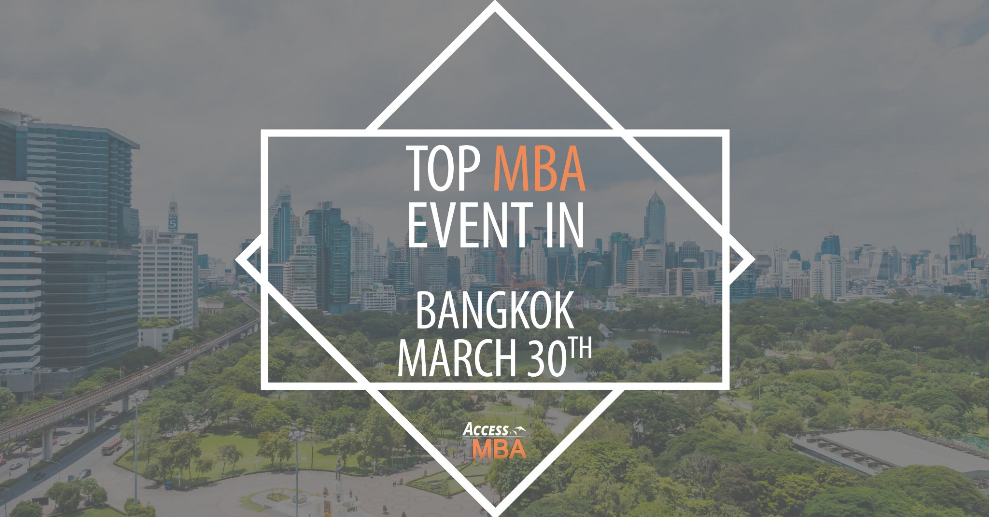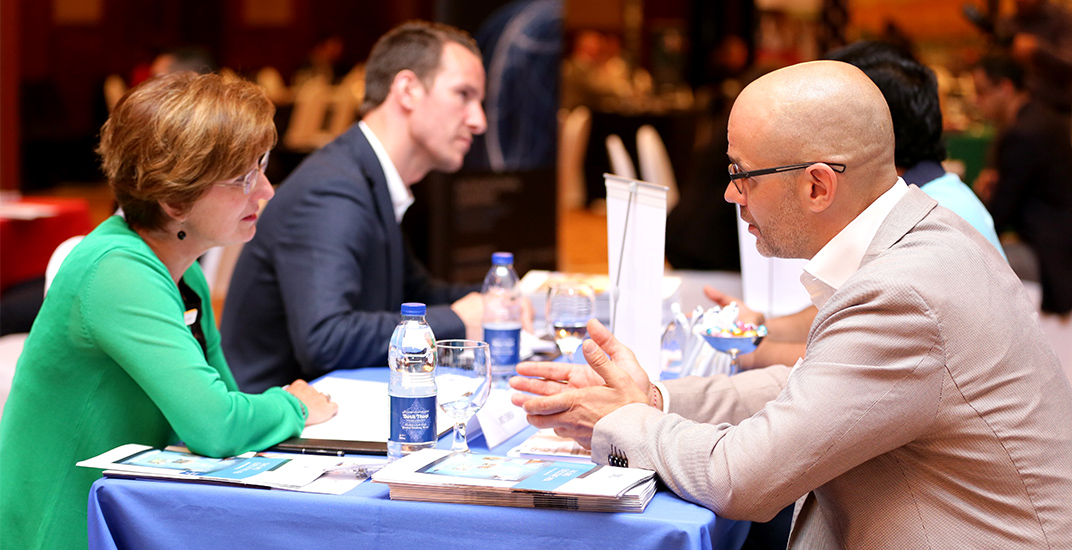Martez Mott works on Smart Touch with Provail participant Ken FryeDennis Wise/University of Washington
The University of Washington today announced the establishment of the Center for Research and Education on Accessible Technology and Experiences (CREATE). Fueled by a $2.5 million inaugural investment from Microsoft, UW CREATE is led by an interdisciplinary team whose mission is to make technology accessible and to make the world accessible through technology.
“We are proud to partner with the UW on their journey to build the CREATE center,” said Brad Smith, president of Microsoft. “This is the next step in a longstanding journey to empower people with disabilities with accessibility and technology advancements. UW has truly embedded accessibility as part of their culture and we’re proud to support their next step to drive thought leadership on accessibility to empower people with disabilities.”
On the 30th anniversary of the Americans with Disabilities Act’s enactment, there have been enormous strides in the accessibility of public spaces and the availability of personal mobility technologies. Yet, equitable participation in society depends on the successful use of technology, now more than ever.
People with disabilities are dependent on technology and if accessibility is not embedded into the start of the development process then it can leave people behind. Achieving accessibility involves expertise and innovation across a range of disciplines. As a result, the major challenge of developing technology to make a more accessible world is outpacing even the most talented individual researchers and small teams.
“CREATE will help us take accessible technology research and education from small, incremental gains to true breakthroughs. This chance to advance inclusion and participation for people of all abilities is the kind of opportunity that inspires the entire UW community,” said UW President Ana Mari Cauce.
The UW is a global leader in accessible technology research and design. The center will bring together existing areas of excellence and build upon the university’s ability to catalyze progress in education, research and translation. CREATE faculty bring multiple perspectives not just in technology but also disability rights and advocacy.
The CREATE leadership team hails from six campus departments in three different colleges, including the Paul G. Allen School of Computer Science & Engineering, The Information School, Rehabilitation Medicine in the UW School of Medicine, Mechanical Engineering, Human Centered Design & Engineering, and the Disability Studies Program.
The center will build upon current projects in prioritizing and automating personalization, transitioning transportation to be accessible; augmenting abilities through wearable technologies; developing inclusive, intelligent systems and data sets; and “do-it-yourself” accessible technology production.
The UW and Microsoft have been working together in this space for more than a decade and share the same values and commitment to work with the disability community on driving innovation in accessibility research. This partnership has opened student internship and career opportunities, as well as ongoing research engagements with the Ability Team at Microsoft Research. Current projects include developing audio-first representations of websites for smart speakers; understanding how perceptions of software developer job candidates with autism may impact hiring decisions; AI-based sign language recognition and translation as well as ongoing work on an ASL to English dictionary; and data-driven mental health apps.
See related stories in The Seattle Times and GeekWire.
In addition to the impact of Microsoft’s funding for this collaboration, the company’s endorsement of the UW’s accessibility work promises to catalyze additional investment, particularly in the Pacific Northwest, which, ultimately, could generate the full funding needed to provide long-term support for the center. The goal is to raise $10 million for CREATE to provide five years of support. The center employs a consortium model for academic, industry, and community partners. CREATE is seeking additional partners who are interested in the deployment of accessible technology and the development of inclusive communities.
“The University of Washington has for many years led the field in cutting-edge accessible technology research and design,” said Jacob Wobbrock, professor and inaugural co-director of the center. “Our faculty and students are incredibly motivated to tackle the hard problems of accessibility. Now, with CREATE, we will be able to take on even bigger collaborative challenges in this space. I am honored to work with co-director Jennifer Mankoff, and to be supported by such world-class colleagues in the center.”
